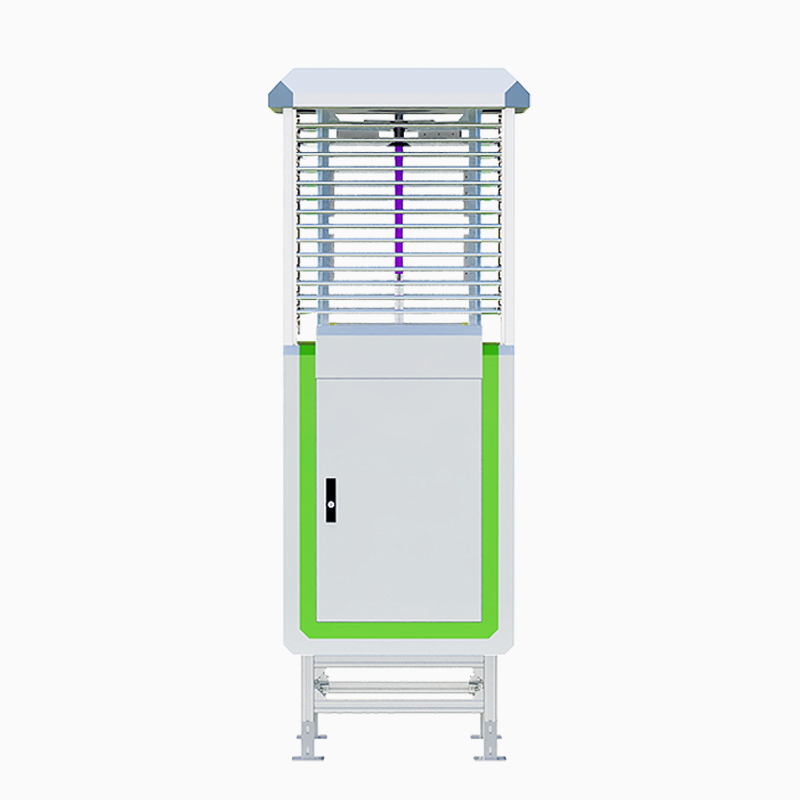Water quality monitoring in river ecological restoration projects not only involves long - term water body monitoring after the restoration project but also includes background water quality monitoring before the implementation of the restoration project. Understanding the original water quality conditions of the river before the project implementation, including various indicators such as water temperature, pH (acidity and alkalinity), dissolved oxygen, chemical oxygen demand (COD), biochemical oxygen demand (BOD), ammonia nitrogen, total phosphorus, and heavy metal content. These background data can serve as the basis for evaluating the necessity of the restoration project and for subsequent comparison of the restoration effects.
Moreover, water quality monitoring is also required during the implementation of the restoration project. This enables real - time grasping of the dynamic changes in water quality and judging whether the restoration measures have had the expected or unexpected impacts on water quality. For example, if an ecological slope protection project is adopted, whether pollutants such as sediment enter the water body during the construction process, resulting in an increase in water turbidity. After the completion of the restoration project, long - term water body monitoring is used to evaluate the sustainability of the effectiveness of the ecological restoration project and to observe whether the water quality has been steadily improved and meets the expected ecological restoration goals. For example, observing whether the requirements of the corresponding water function zoning have been met and whether the river ecosystem has gradually restored its normal ecological service functions in many aspects.
Water monitoring stations can monitor water quality in real - time. By installing a variety of water quality sensors, such as dissolved oxygen, pH value, temperature, conductivity, turbidity and other sensors, data is continuously collected. Monitoring of dissolved oxygen content can reflect whether the water body is suitable for the survival of aquatic organisms, and water temperature monitoring helps to understand its impact on the metabolism and reproduction of aquatic organisms.
This system has the advantage of long - term continuous monitoring, which can provide a stable and continuous data series for river ecological restoration projects. During long - term ecological restoration processes such as wetland restoration, the effectiveness of restoration measures can be accurately evaluated by analyzing these data. Moreover, it can operate under different seasons and climate conditions, helping researchers to understand the water quality of the river ecosystem under changing natural conditions.
Water monitoring stations also have the ability of multi - point monitoring. By setting up the system at different locations in the river, the spatial distribution of water quality in the entire river ecosystem can be comprehensively grasped. By setting up monitoring points in pollution - sensitive areas and ecologically critical areas, the impact of restoration projects on different areas can be clearly understood.
It has data transmission and early - warning functions. The system can remotely transmit the collected data to the monitoring center server through wireless communication technology, facilitating data access for researchers and managers. When the monitored data exceeds the set threshold, the system will automatically issue an early warning, and relevant departments can take timely measures to avoid serious damage to the river ecosystem.

This paper addresses:https://fengtusz.com/industry/629.html









